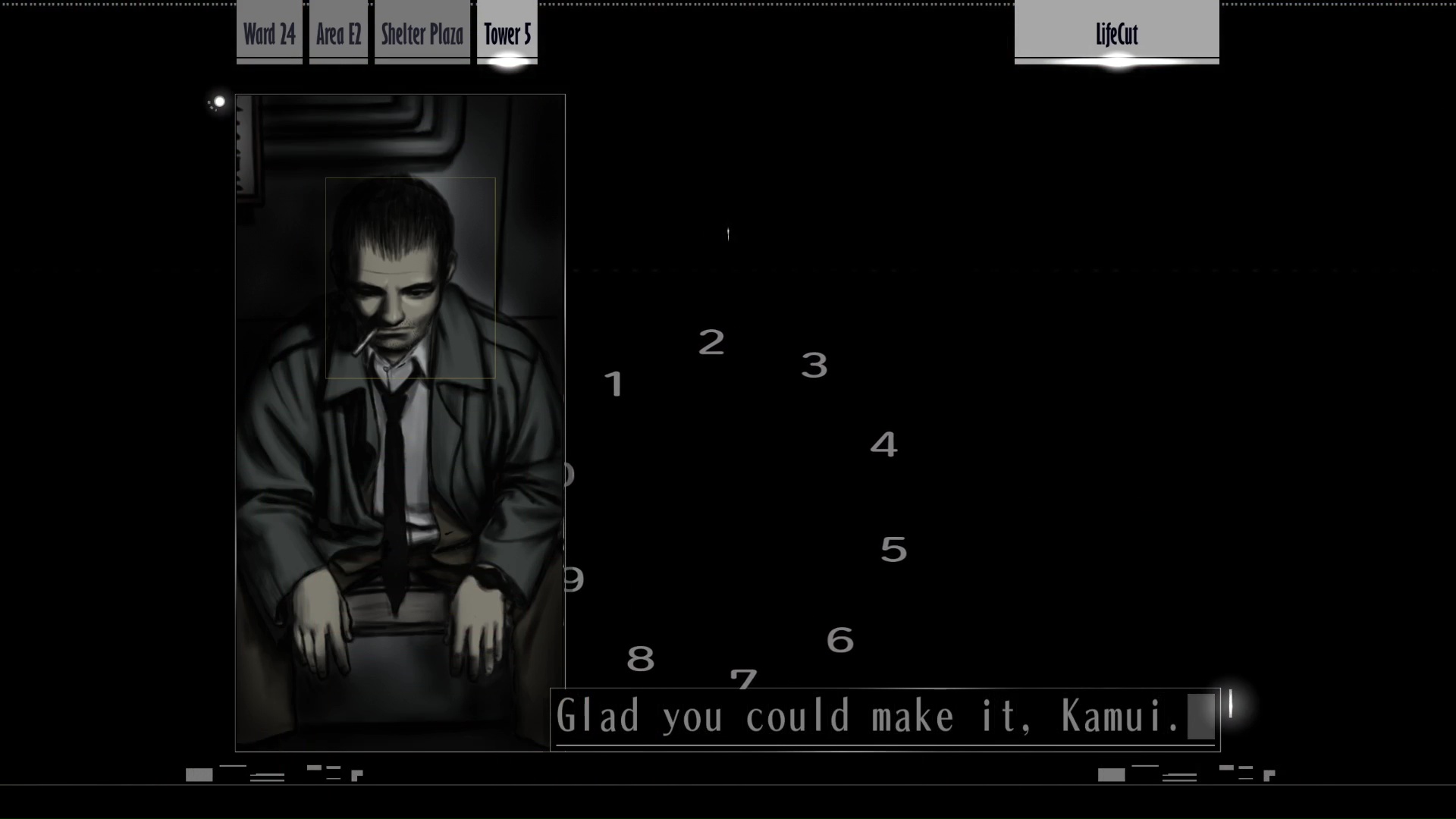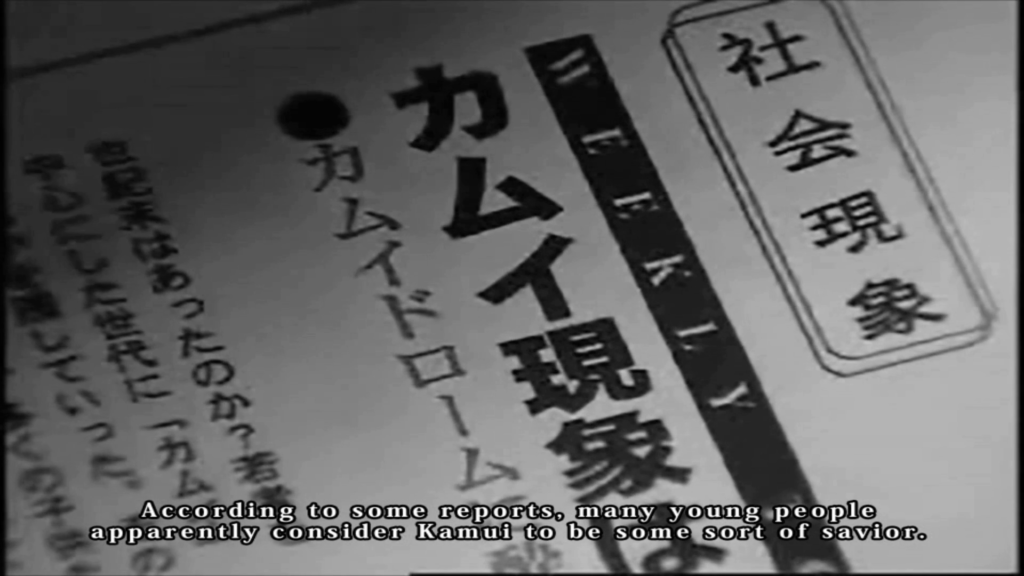
Whether or not the savior Kamui is taken as a literal spiritual entity within the universe of The Silver Case, the metaphorical sense of an ideology spreading and mutating remains the same. The fourth Kamui is the savior of the people that is within the people themselves, the empowered Akira, the empowered Tokio, the empowered Sakura, the empowered Sumio: those who fight to “kill the shadow” of the fear, denial, and oppressions that bind them and in turn to seize the “light of possibility.” In this way, the surviving Maspro victims in the story — Akira, Tokio, and Sakura — ultimately align with each other, and with the late Fujiwara, to kill the past. The process is dialectical: the state administered cruelties to the Shelter Kids in an attempt to create “robotified” people (and the analogous suffering of “powerless” people like Sumio) instead results in those people becoming uncontrollable and seeking to eliminate “the darkness” that perpetuates the cycle of crime.

Rumi tells Republic, “WEWILLHAVEOURREVENGE.” In the moment, it is horrifying. But as the story advances from the first demonic Kamui to the fourth savior Kamui, the player is able to recognize that Rumi has at least some justice on her side. Ryo’s rampage cannot be justified. However, he comes to this circumstance as a result of the deliberate policy of the state. The deaths at Cauliflower, including of Ryo’s victims but also of Ryo and Rumi themselves, trigger the spread of criminal information that does lead to revenge for the manufacture of this crime.